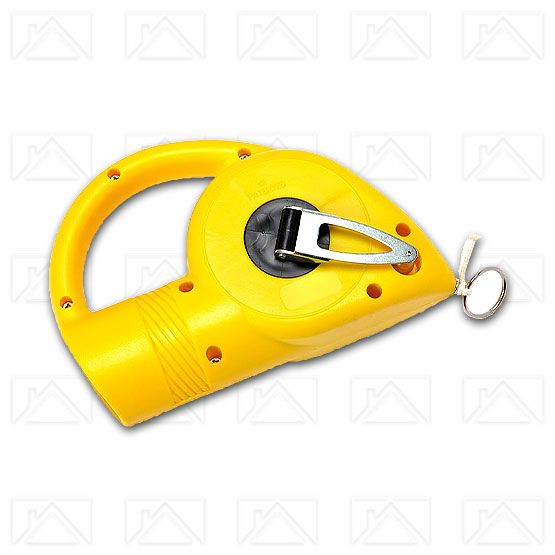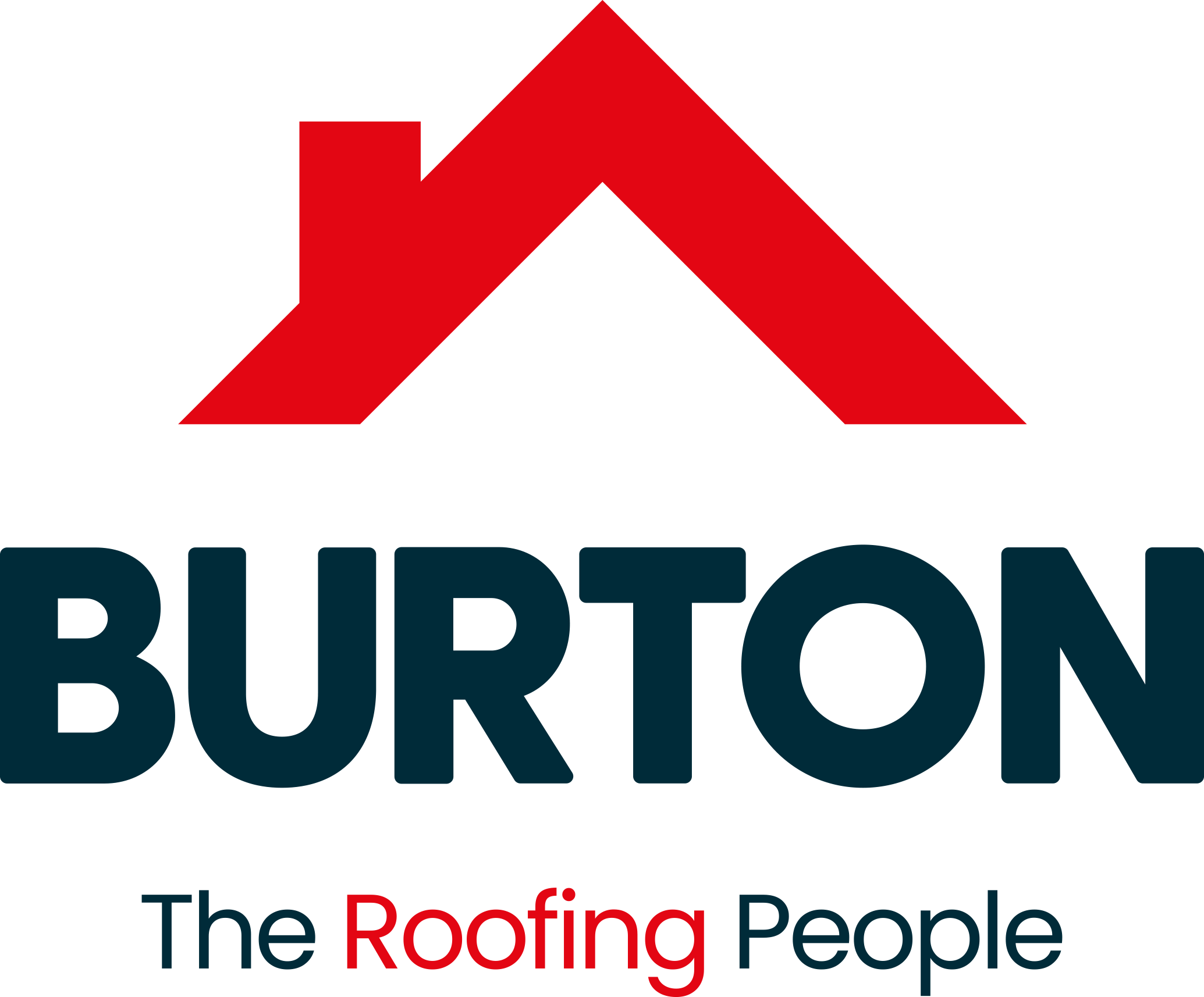How and why to use or snap a chalk line
There are many occasions when during building projects or laying or relaying a roof when you may need to mark out a straight line (or several). Often these lines can be across large spaces, like a whole roof for example.

A chalk line is an easy way to do this. Chalk lines are an inexpensive tool (under £20) that are invaluable and absolutely should be a part of a roofer’s toolbox. They look a little similar to a tape measure, inside the casing though is a long coil of string. The one featured here has a string length of 30m, a long length is important if you are working on large projects like a roof.
A chalk line is a basic tool which predates more modern gadgets such as laser markers. They are still popular though due to their cost and ease of use. Simple solutions are often the best!
How to ‘snap’ a chalk line
Here’s how to create straight horizontal and vertical lines using your chalk line.
- First, mark the two end points for your chalk line. You may need to use a measuring tape if you want a line of a particular length.
- Once you have made your markings, hook the end of the string line (there is usually a little hook attached) with a nail or hook
- Hook the casing end of the chalk line end around a hook or otherwise hold into position firmly.
- Move as close as you can to the centre of the string and with one movement ‘snap’ the string against the surface to transfer the chalk, creating a ‘chalk line’ across the surface area.
If you are working with a partner or a team, you may not need to use hooks and can just ask them to hold the ends for you. This will obviously be much quicker, especially if you have lots of lines to create.
A chalk line is a great tool to use when roofing to help ensure straight lines for slates or tiles. Taking the time to mark both horizontal and vertical lines to guide the placing of your shingles will ensure an attractive finish to your roof.
If you get carried away with your chalk line, you can buy replacement chalk cartridges. I’m sure it’s a tool you’ll end up using often.
